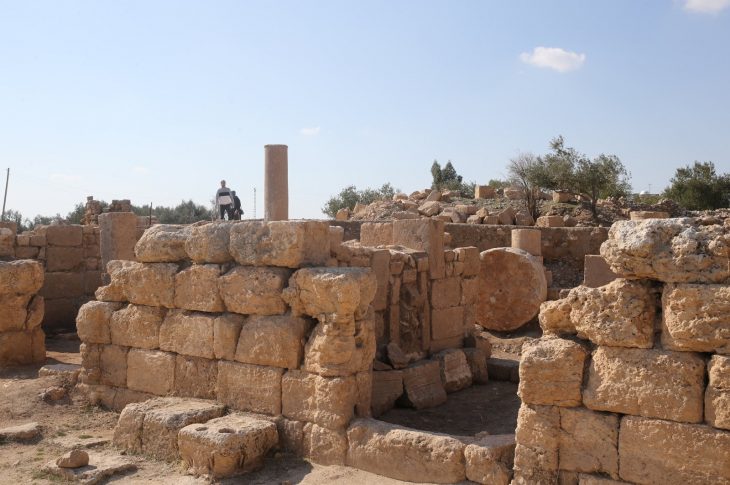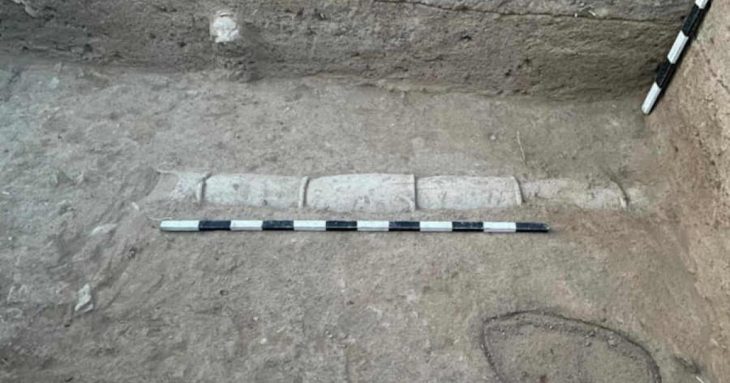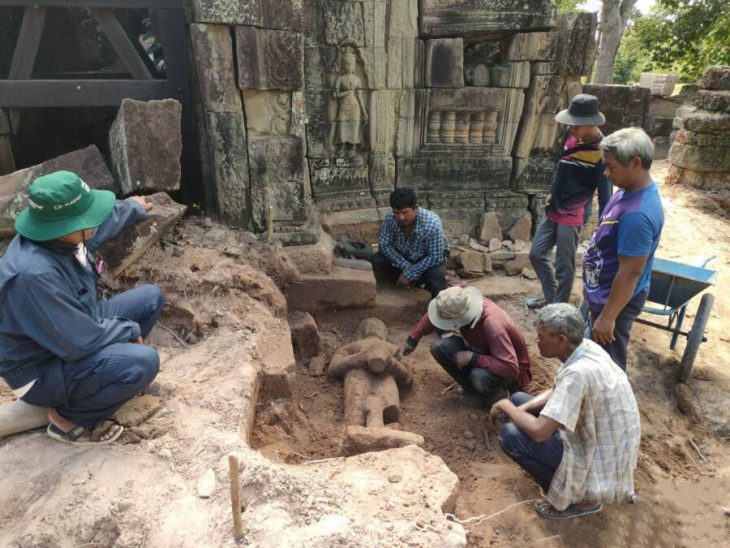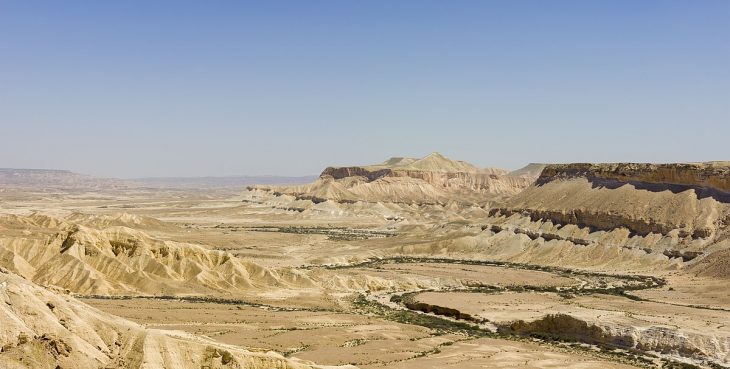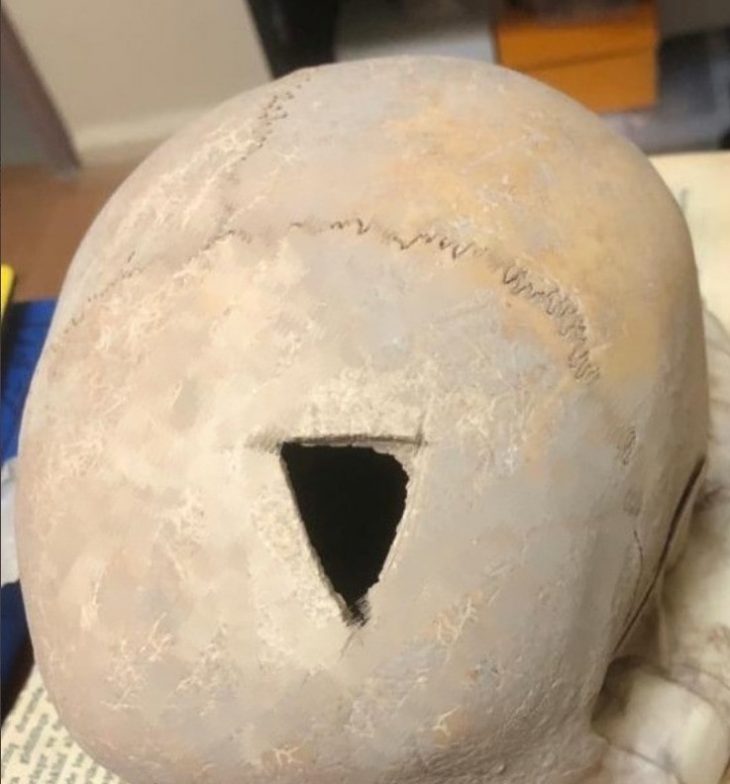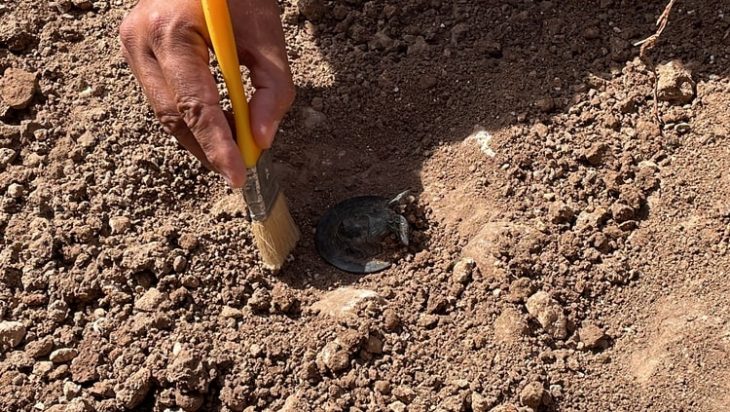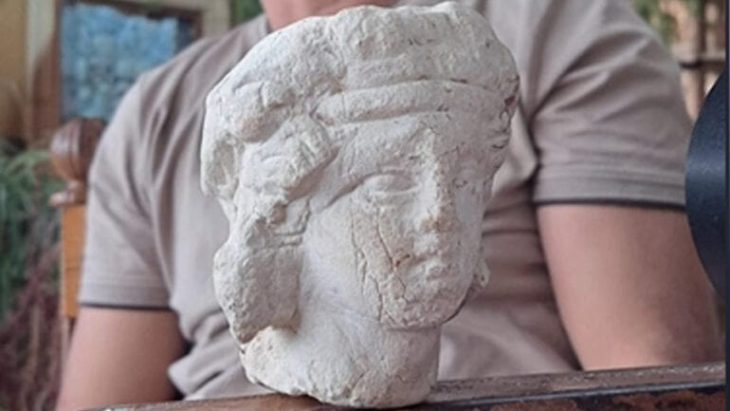The mystery of the inscription on the bronze sphinx statue discovered in the early 19th century was solved 200 years later.
The bronze sphinx statue, dating to the third century, was discovered in Dacia, a Roman province corresponding to modern-day Romania. However, after being discovered in the 19th century, the statue was stolen from a European count sometime around 1848. While the sphinx was never found, a detailed drawing of it survived.
Dacia is the ancient name for Romania and has seen the rule of various groups and empires throughout history. During ancient times, Dacia was part of the Dacian Kingdom and later became a province of the Roman Empire after its conquest by Roman Emperor Trajan in AD 106.
However, in the 3rd century, invasions by the Goths and other tribes weakened Roman control, and around 270 AD, the Romans withdrew from Dacia. Subsequently, Dacia came under the rule of various tribes and empires.
The inscription on the sphinx has finally been deciphered, revealing a short but “unusual” poem, according to a study published Dec. 30 in the journal Mediterranean Archeology and Archaeometry.
It was determined that the inscription around the base of a bronze sphinx statue was written using the archaic Greek alphabet. However, the Greek alphabet phonetic values render a text that is non-sensical in the Greek language. Therefore, the meaning of the inscription has puzzled scholars since the artifact’s discovery in the early 19th century.
Researchers were unsuccessful, possibly because it reads from left to right, which is a “unusual” departure from ancient norms. The scribe was most likely attempting to express something in a language other than Greek by employing an archaic Greek alphabet. The phonetic values of the archaic Greek alphabet record a short rhythmic poem in Proto-Hungarian.
Translated into English, it reads: “Lo, behold, worship: here is the holy lion,” which can be perceived as a command to venerate the sphinx.
“The characters may seem mysterious at first, but once the mirroring is noticed, the characters become easily recognizable as Greek alphabet letters, a few of them being in a more archaic form,” Peter Revesz, the study author and professor at the University of Nebraska, told McClatchy News.
The bronze sphinx statue bears several striking similarities to the famous Naxians’ Sphinx from 560 BCE, which is now housed in the Archaeological Museum of Delphi. The sphinx cult most likely spread to Dacia from Naxos.
The decoded poem is noteworthy because “the sphinx cult was not part of the mainstream ancient Roman mythology which features the Roman gods and goddesses that many people today are familiar with,” Revesz said.
Revesz emphasized that this sphinx statue is unique in that it provides some records of a minority religion for which records in the Roman Empire are much less numerous.


